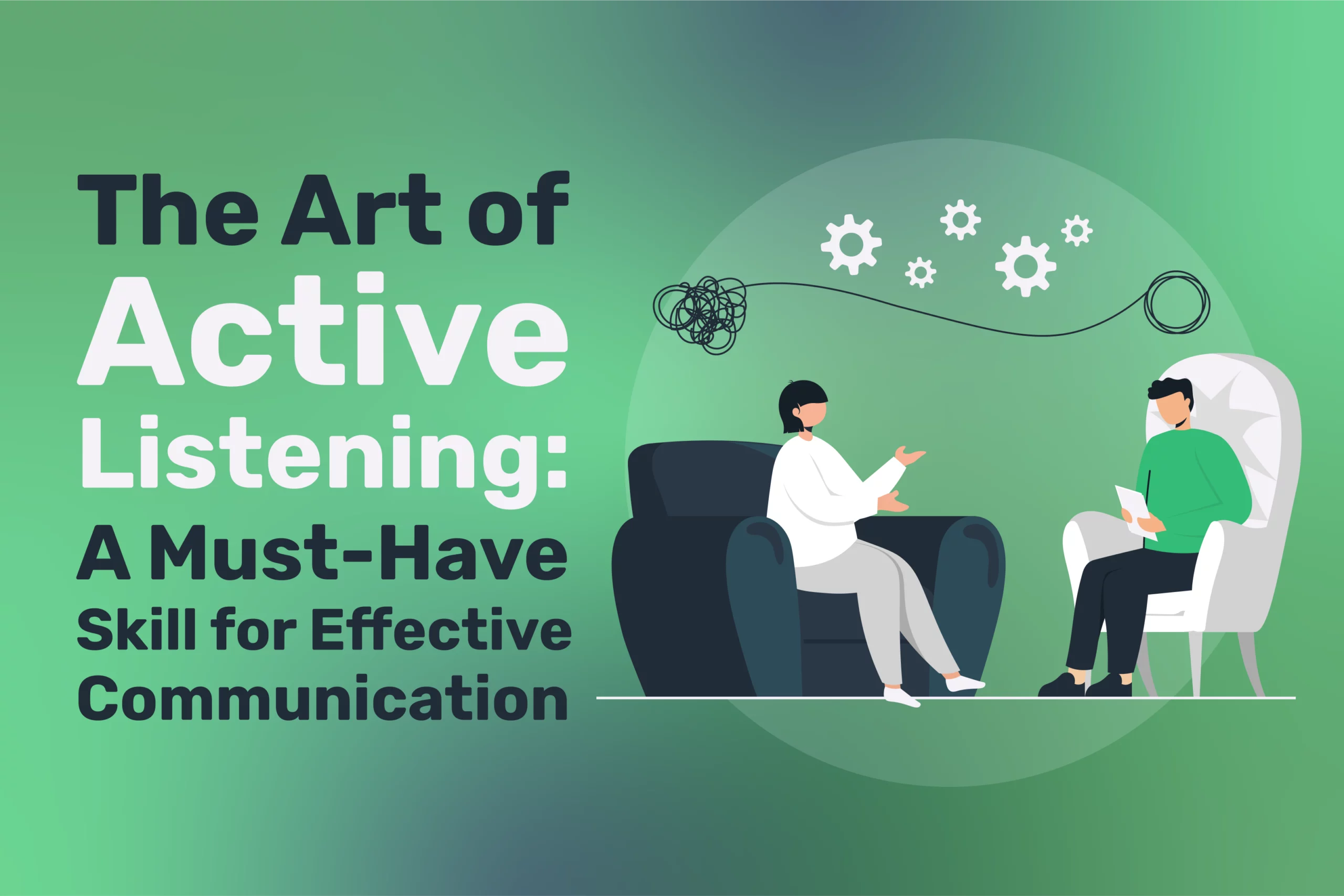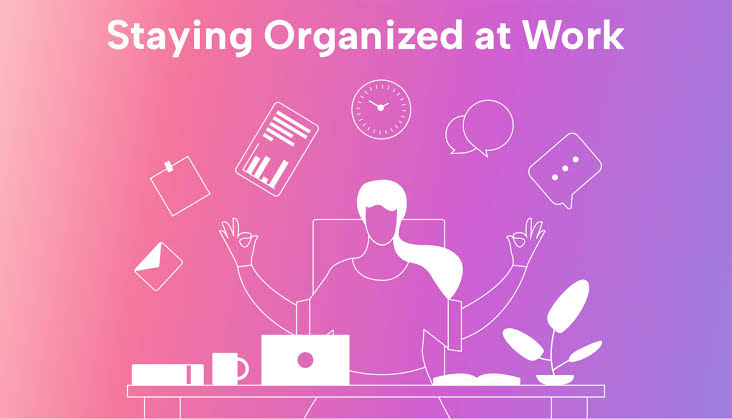In today’s fast-moving digital world, communication is often one-sided. We listen just to respond, not to understand. But active listening is a key skill that helps improve communication, build trust, and prevent misunderstandings. As of July 2025, experts in psychology, business, and communication agree that active listening leads to better relationships, stronger leadership, and better problem-solving. This skill is important in both personal and work life, especially when distractions are everywhere.
Understanding What Active Listening Really Means
Active listening goes far beyond hearing words. It involves being fully present, understanding the message, interpreting emotions, and responding thoughtfully. It means setting aside your internal monologue and focusing entirely on the speaker. Unlike passive listening, which is often superficial, active listening demands effort and intention. It requires listeners to acknowledge non-verbal cues, maintain eye contact, and show genuine interest without rushing to give advice or interrupt.
In 2025, the practice of active listening has gained more relevance, particularly with the widespread adoption of virtual communication. Without physical presence, tone of voice and attentive pauses become crucial elements of effective listening.
Eliminate Distractions to Be Present
One of the key steps in becoming a better active listener is eliminating distractions. Whether it’s silencing your phone, turning off email notifications, or closing your laptop screen, these small actions help create a focused listening environment. In hybrid or remote settings, where communication often occurs via Zoom or Teams, being distracted can easily signal disinterest or lack of respect.
Researchers and communication coaches in 2025 advise scheduling dedicated times for important conversations without multitasking. Being physically and mentally present creates space for genuine understanding and empathy, which are core aspects of active listening.
Practice Reflective Listening
Reflective listening is a technique that involves paraphrasing or summarizing what the speaker has said to confirm your understanding. This not only shows that you’re paying attention but also gives the speaker a chance to clarify their thoughts. For example, saying, “So what I hear you saying is…” followed by a summary can validate the speaker’s feelings and reduce the chances of misinterpretation.
In many workplace environments today, reflective listening is being used to foster inclusivity and reduce conflict. It’s especially powerful in leadership roles, where understanding team members’ concerns or motivations is critical to success.
Pay Attention to Non-Verbal Cues
Communication is not just verbal. Body language, facial expressions, tone of voice, and gestures provide insight into the speaker’s emotional state. A person may say they’re fine, but their slumped posture and flat tone might indicate otherwise. Good listeners in 2025 are trained to observe these cues, even in virtual environments, where reading subtle facial expressions and voice modulations plays a more significant role.
Mirroring body language subtly and maintaining an open posture can also help convey empathy. Learning to read between the lines is an important component of becoming an empathetic, active listener.
Ask Open-Ended Questions
Asking open-ended questions encourages the speaker to expand on their thoughts and shows that you’re genuinely interested. These are questions that cannot be answered with a simple “yes” or “no,” such as “How did that make you feel?” or “What happened next?” In contrast, closed questions tend to halt conversation and may come off as interrogative rather than engaging.
Active listening includes being curious without being intrusive. In professional settings, open-ended questions foster a deeper understanding of projects or team dynamics, while in personal life, they strengthen emotional connection and trust.
Avoid Interrupting or Offering Immediate Solutions
One of the most common barriers to active listening is the urge to jump in with a solution. While well-intentioned, this tendency often prevents the speaker from expressing themselves fully. Interruptions—even helpful ones—can make people feel unheard or dismissed.
In 2025, there is growing emphasis on the power of simply being present and listening without judgment or immediate feedback. Particularly in mental health circles, therapists and coaches recommend waiting until the speaker has fully expressed themselves before responding, and even then, responding with a question or validation before advice.
Show Empathy Through Validation
Empathy is at the heart of active listening. Validation means acknowledging the speaker’s emotions and letting them know that what they feel is reasonable. This doesn’t mean you have to agree with everything said, but showing that you respect their experience makes a significant difference.
A statement like “I can see why that would be frustrating” can open doors to honest dialogue and emotional safety. In relationships—whether personal or professional—such small acts of validation foster deeper bonds and reduce tension.
Practice Silence as a Listening Tool
Silence is often underestimated in communication. Yet, intentional pauses can be powerful. They give the speaker time to reflect and continue speaking, while giving the listener a moment to process. In 2025, communication coaches are training professionals to use silence effectively, especially during difficult conversations or negotiations.
Rather than rushing to fill gaps, practicing comfortable silence allows more thoughtful exchanges. It communicates patience and attentiveness, making conversations more meaningful and balanced.
Strengthen Listening Through Feedback
Active listening also involves appropriate follow-up. Offering thoughtful feedback, asking clarifying questions, or even referencing past conversations shows that you value what was shared. Whether it’s during team check-ins or one-on-one chats, remembering and referencing what someone said previously demonstrates a deeper level of engagement.
In workplaces, this can increase morale and trust, while in friendships or partnerships, it helps cultivate mutual respect. Technology tools, like note-taking apps or conversation summaries, are increasingly used in 2025 to support long-term attentive communication.
Conclusion
Active listening is a skill that can be learned and refined with consistent practice. In an age where digital noise, busy schedules, and divided attention are common, the ability to listen with empathy, curiosity, and presence is rare—and valuable. As of July 2025, mastering this art has become a cornerstone of effective leadership, healthy relationships, and personal growth. Whether you’re navigating a difficult conversation, leading a team, or deepening a personal relationship, practicing active listening will lead to more meaningful, respectful, and successful interactions.




Good